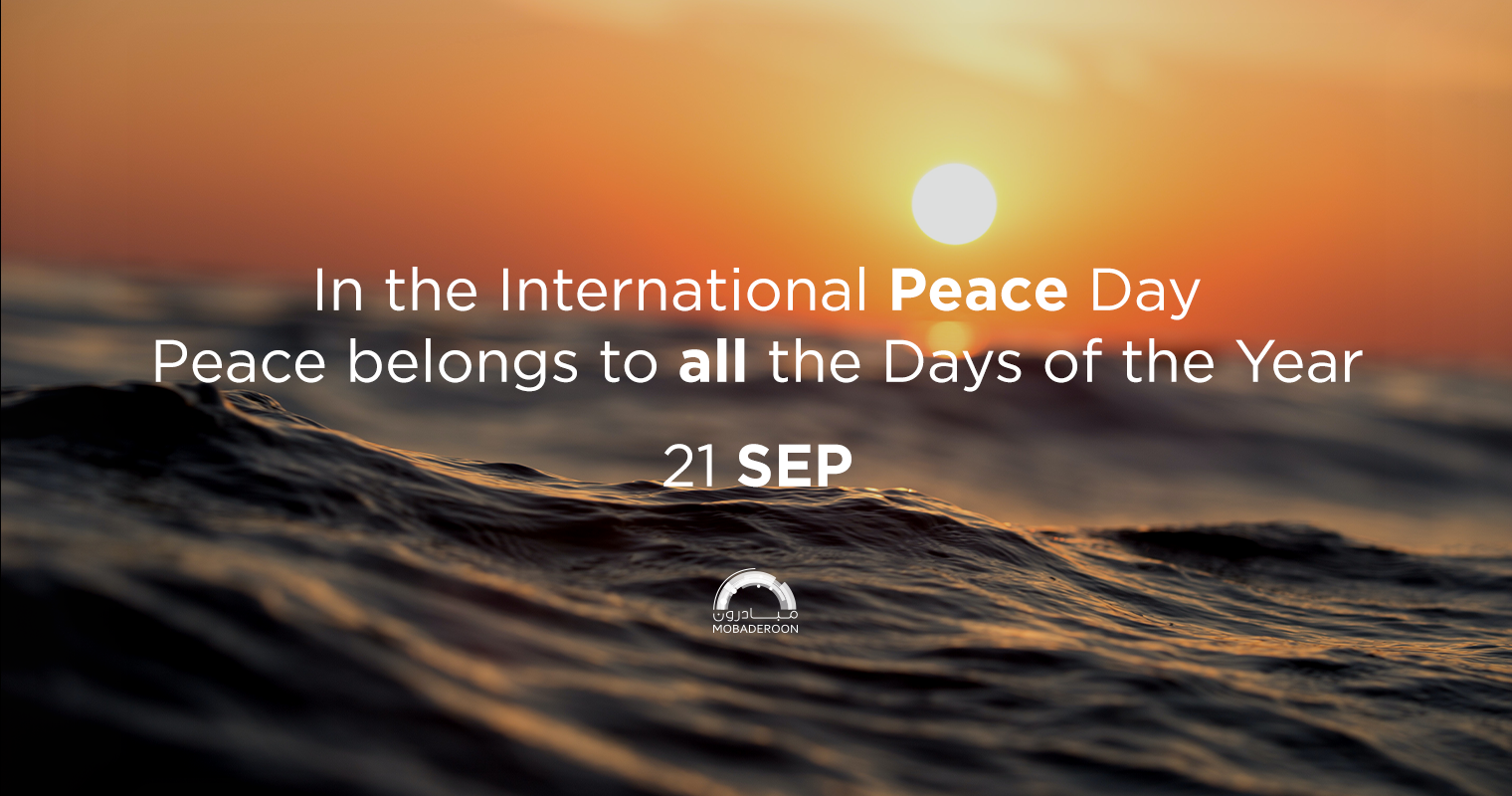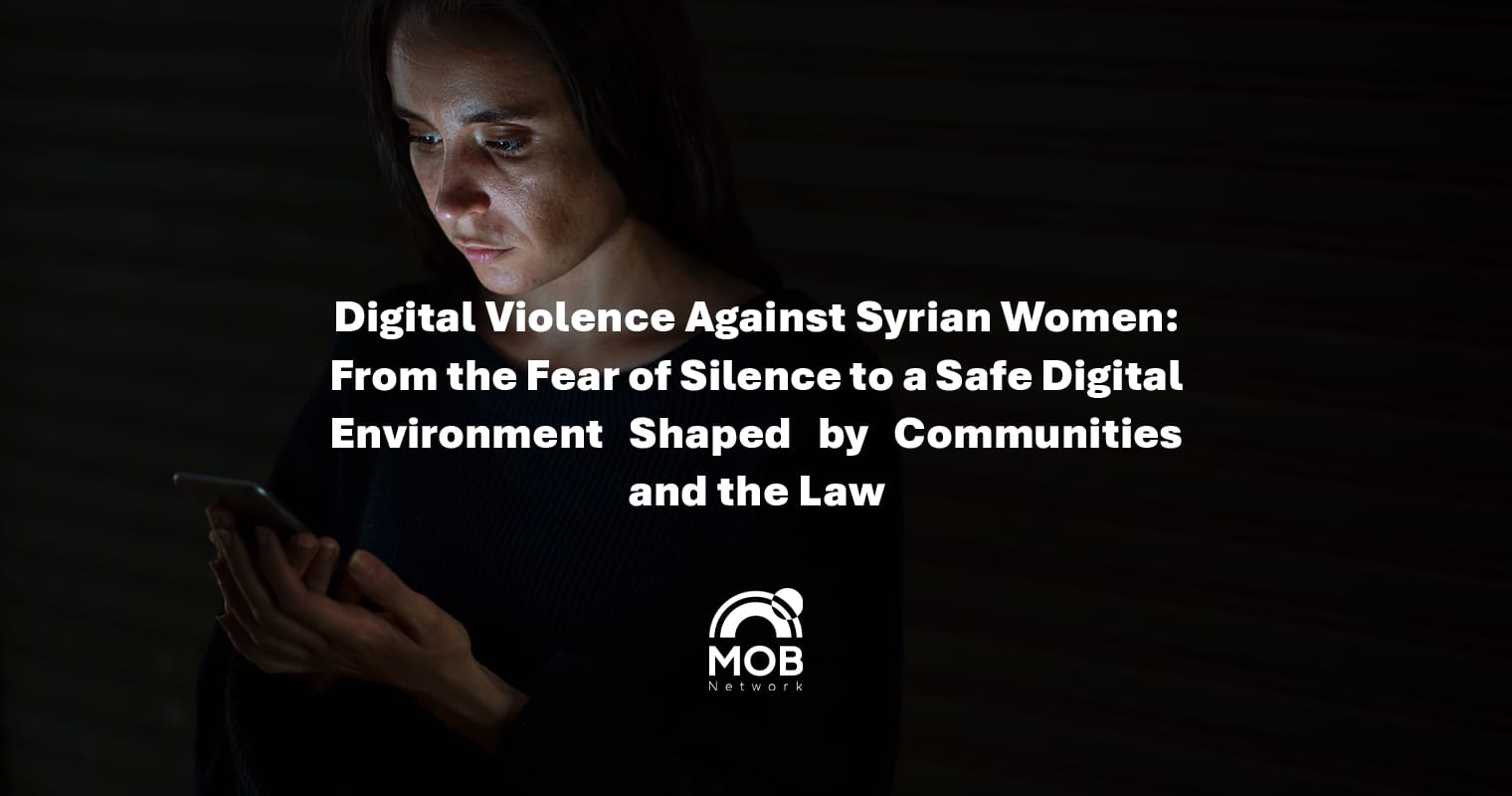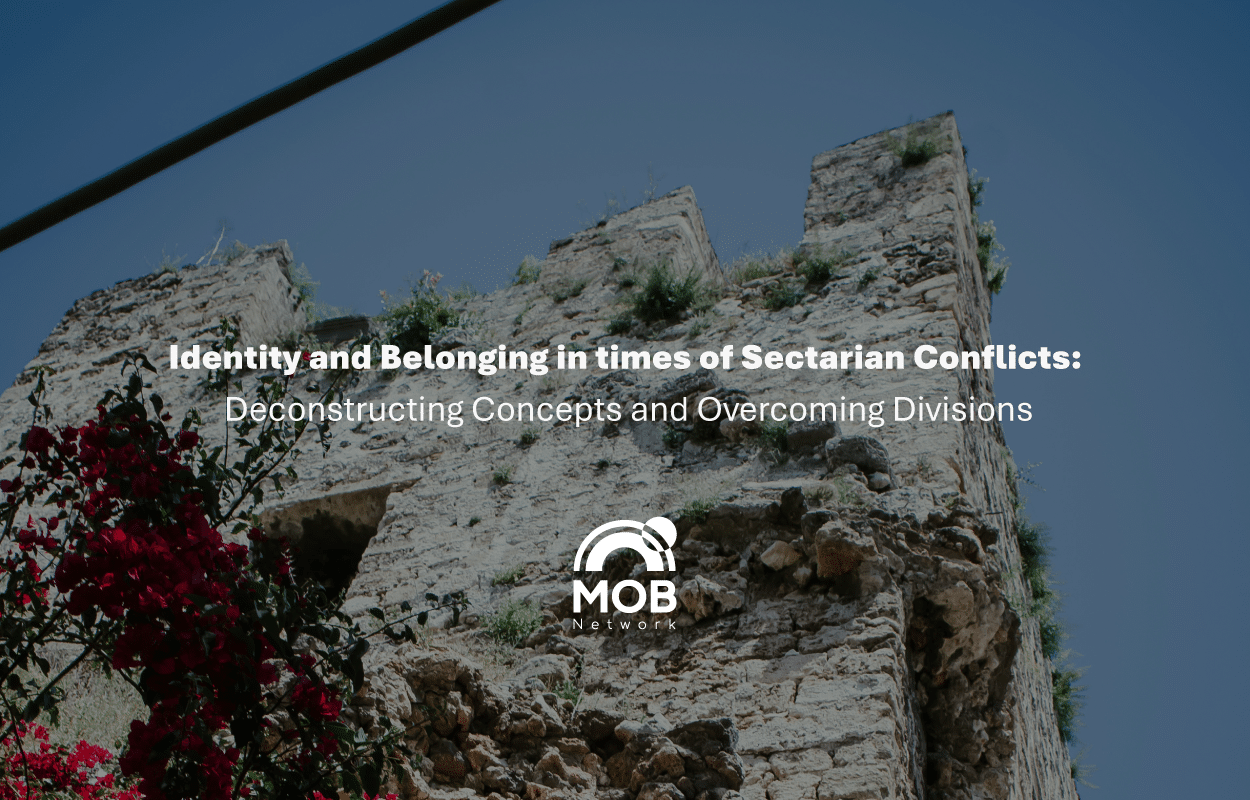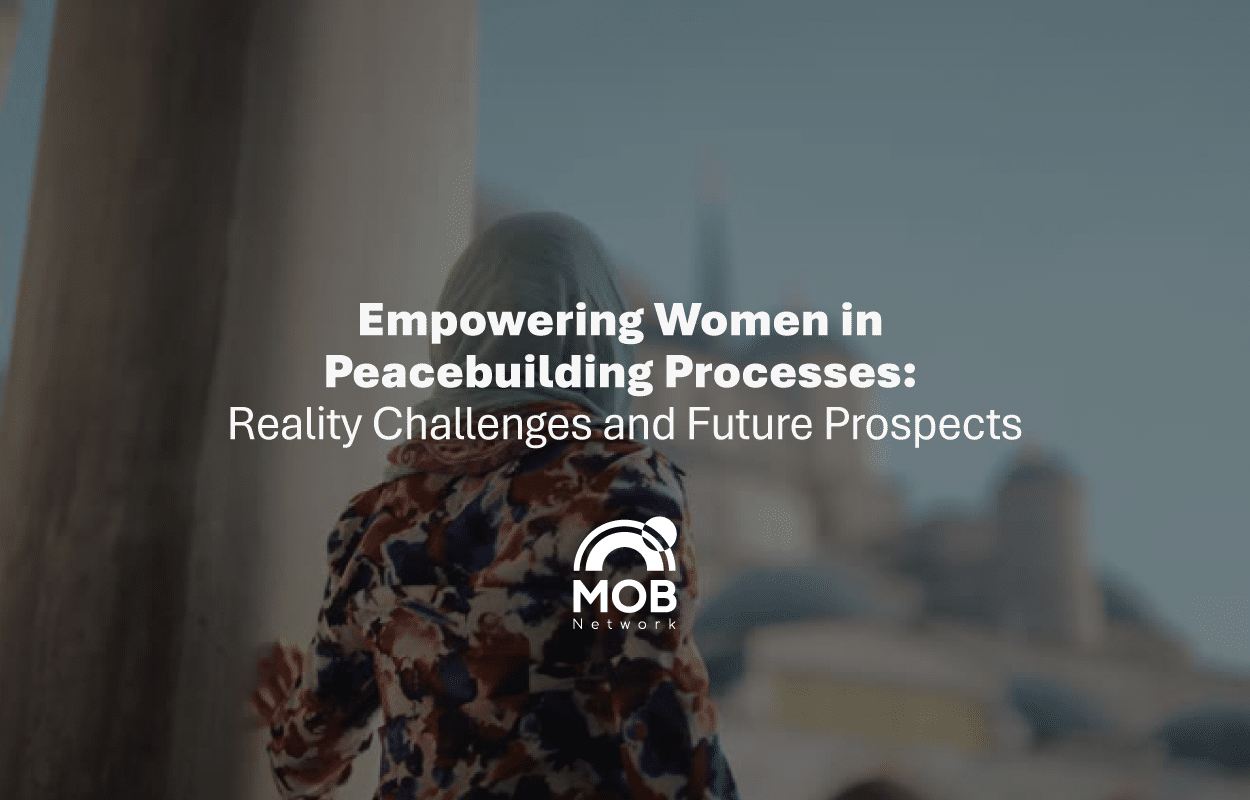My grandmother once told me of a sheep herder who lived contently lived in joy in a far-away beautiful village, one that resembled paradise. Until, one day, hardship hit him strong, he reached the point of feeling like it was going to end, that living in this most beloved place of his has become impossible. His neighbor had 5 dogs whom he had kept since they had been puppies, providing them with hard meat that was hard to chew on, making their howls and barks all the more fearful for all who could hear, leaving them unchained to roam freely as they desired.
Our protagonist had more than 10 sheep whom he depended on for milk, meat, and wool, and he found companionship in taking care of them while making use of their manure as fertilizers for the land he was smitten with, his whole existence and sense of safety was connected to it. Every now and then, he woke to find that the dogs had taken a bite or more off of his sheep, if not eating them. So, he decided that it was time his neighbor helped him, which he promised to do without taking action. A case was presented to the court, making the dogs’ owner furious, and driving him to steal from his neighbor as punishment.
The sheep owner asked his siblings and wife for help. His youngest brother suggested slaughtering the dogs, the middle brother suggested poisoning them, while the eldest suggested leaving the village to another place.
His wife, however, in a deep calm voice that reveals her vision of a satisfactory solution for both parties, said: “give him two of the sheep”. The man was surprised. So, she repeated: “give him two sheep so that he can taste peace.”.
When the herder did this, his enemy of a neighbor started caring for his new sheep, grooming their wool, taking care of their food, and herding them. He started becoming aware of the danger the dogs presented to the sheep, so he kept the dogs chained. 5 years passed to see the two neighbors had plenty of sheep and their offspring roaming the two lands, and they lived in contentment and harmony from thereinafter.
This tale of many morals is recurrent across the ages and places with differing characters and events. However, it is always about a pivotal point: “Peace”, and the role of good use of power (the power of intellect, particularly) to reach a state of peace which saved millions across time from human disasters and horrible events.
Can peace be defined? And if so, then, how?
Is there a person who has defined and encapsulated this infinitely deep and broad term?
Many have tried to define this state, to describe its form, to articulate its determinants, and to reach a non-conclusive text definition. Yet, all agree on its impact, constructive results, abstract humane hue, and the values that are inherent therein. This state is impossible to harm any being on this planet, for peace is indivisible; And if a group claims that it practices or spreads peace within its communities by means, tools, and practices that cause harm to the same group, to others, or to its environment, whether human or natural, then it is not true, pure, and integrated peace. Based on this, what you do reflects integrated peace, ask yourself: Does what I do or believe in achieve peace and harmlessness on all levels [personal level (physical and psychological) – family – community – environmental – human – cosmic – etc.]. If harm and violence take shape on one of these levels, then you must admit that what you seek is an imperfect peace, as integrated peace is not achieved by the existence of harm, violence, or defect in any of these levels.
In the modern-day world, researching and defining this term has been one of the foremost important issues in the era of wars, conflicts, and development for today’s thinkers. It took the spotlight after the fall of millions in cold and hot wars and disasters. A definition came to be after WWI & WWII as “the absence of war”, or “the absence of violence or evil and the advent of justice”, as well as “the outcome of the interaction between civil order and social justice and a state of security and stability that prevails in the world and allows development and prosperity for all”; or “safety, preserving dignity and working on the existence of common interests that achieve the establishment of a civilization based on respect for oneself, respect for others, adherence to justice, respect for justice, and the provision of progress for all human races on the face of the earth, where all living creatures are in a state of tranquility in its presence”.
International & global peace: built, made, and maintained!
and “Two drowning people can’t save each other. All they can do is drag each other down”.
Many concepts have arisen about global peace to measure and determine its degree, form, tools, and impact sustainability, including peacemaking, peacekeeping, peacebuilding, and establishing peace amongst many other concepts. Yet, before talking about everything global, we must honestly admit to ourselves that to achieve global peace, whatever its classification and name, we must start from the root, the starting point, which is the human being. us. In recent decades, the concept of inner peace has been quite popularized, and how to build it with oneself to reflect on the societal collective situation. Sociology, psychology, and society have begun to think more seriously about this nucleus and started allocating resources, studies and researching it, and because, as the saying goes “Two drowning people can’t save each other.” Whoever takes upon herself/himself the message of peace and takes peace as a way and an end; must, at a minimum, be saturated with it and practice it and seek to reflect it in all her/his behaviors with herself/himself on all levels; Intellectually, emotionally and physically.
A summary of the 3 most common concepts follows regarding the modern global concepts of peace associated with states, countries, parties, and groups:
Peace Making
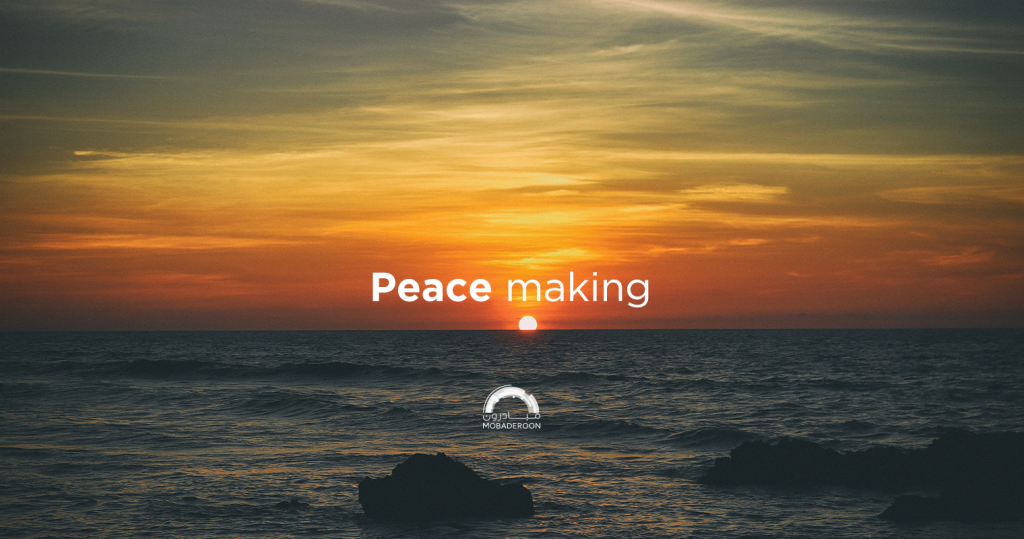
Negotiation and dialogue to understand needs and find solutions
The efforts presented to settle the conflict through mediation and negotiations, and other types of peaceful settlement can be used. These activities are practically enclosed in the political level, usually in a place auxiliary to peacekeeping operations, and defined by the Arabic Terminology Manual as “the efforts undertaken by the primary and secondary parties, whether on their own or with the assistance of a third party, to discuss the causes of the conflict and realize the interests and needs of each party in intention to satisfy those interests and needs”, and peace is usually made through negotiation and dialogue between the parties so that they can understand the needs and interests of the other, and find common solutions or middle grounds that satisfy them all.
It is crucial to point out the importance of peace in implementing all mentioned concepts herein to the point of real building of rapport (agreements) that satisfy all parties, defined by the UN mediation guide as a “process through which a third neutral accepted party helps two parties or more, with their consent, to avoid or prevent the start, manage, or resolve a conflict through helping all involved parties put agreements in place that are satisfactory for all.
Peace Keeping

Containment and mediation to restore nonviolence
This term refers to the containment, mediation, and divergence among the conflicting parties through the direct and organized involvement of a third international party, to restore peace. In another definition, it refers to the efforts that are taken during the conflict to reduce or eliminate manifestations of violence, and to stabilize conflict interactions to a degree of nonviolence; With it, it is possible to explore methods for resolving the conflict. The purpose of peacekeeping is not to uproot conflict, but to restore a state of nonviolence.
Peace Building
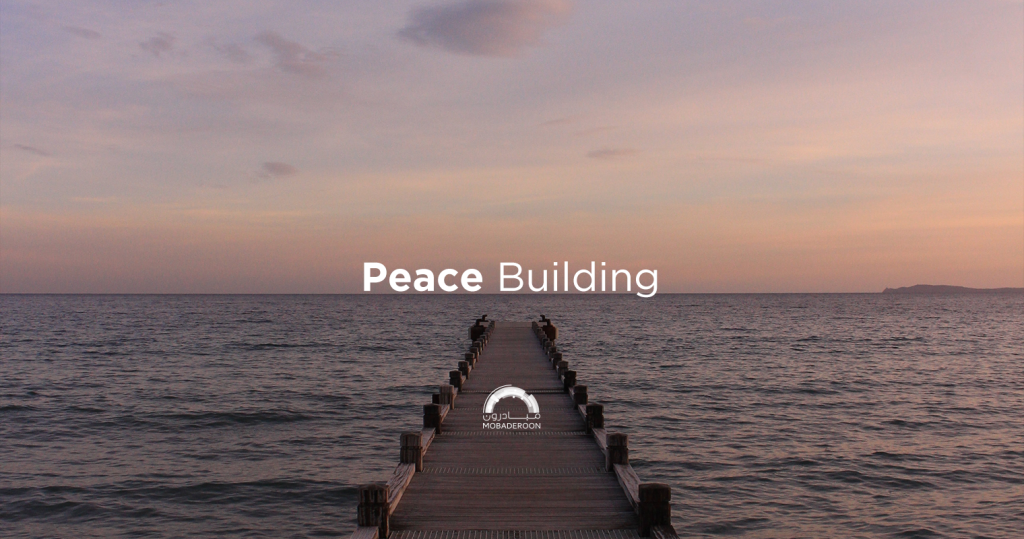
Break your sword, hoist your pickaxe
The concept of peacebuilding refers to defining and supporting structures, while these structures are tasked with instilling, activating, and enabling peace, in order not to be drawn into new conflicts, and to allow them not to resurface or take shape, which led to the emergence of what is known as preventive diplomacy, based on several cooperation parties, and working as one unified entity on a permanent and clearly defined basis, to solve the difficulties and dilemmas an individual faces, whether humanitarian, cultural, social or even economic, since these problems or one of them is the main cause of wars and conflicts throughout history.
It is the most comprehensive, deepest, and most sustainable state. One of the most important messages of peace around the world, which is more than 5000 years old BC, which was inscribed in Ugaritic cuneiform letters at the site of Ras Shamra in Lattakia, bears the message of the god Baal “Break your sword and grab your pickaxe and follow me to plant peace and love in the heart of the farmland. You are SYRIAN and Syria is the center of the world”, This commandment, which encompasses an eternal message, a slogan and a method for building peace, clarifies the importance of stopping violence and building humanity at all levels. Here, the guide to Arabic terminology in peace studies and conflict resolution summarizes the three concepts as follows:
- Peacekeeping aims to manage conflict.
- Peacemaking aims to resolve conflict.
- Peacebuilding aims at reforming conflict to reach prevention.
Mobaderoon & Peacebuilding
“Building trust and understanding to support and sustain peaceful coexistence”
Mobaderoon contributes to peacebuilding through building and enhancing trust and lifting its levels among Syrians by supporting individuals and institutions (CBOs) to reach and empower communities and building their capacities through the development of specialized programs that support the pillars of sustainable community peace and encourage individuals, organizations, companies, and active entities to exchange experiences, knowledge, skills, and resources in line with their values and vision to support and sustain peaceful coexistence, enhance personal and social responsibility, open common spaces for dialogue, and support social-action projects, initiatives and intervention strategies that support peacebuilding in Syria.
Mobaderoon believes that to be able to reach its vision, it must work on achieving the following main outcomes:
- Societies that can deal constructively and effectively with conflict.
- CSOs (Civic Society Organizations) & CBOs (Community-Based Organizations) are responsible and able to advocate for community issues.
- CSOs & CBOs work with each other effectively.
- Youth and facilitators drive positive impact in their communities.
All of the above is done by involving the community, activating its role(s), and supporting it to invest its available resources (knowledge & materials) and experiences, and building partnerships through several strategies and tools such as facilitation, specific program workshops, and individual and institutional capacity building.
Peace is not a trend…
The bottom line is that every believer in peace, one who is truly invested in working peace, regardless of her/his role and tools, believes that peace is not determined by a one-day celebration in the whole year, and this is logical because peace is not a temporary state or a memorial of a day or (seasonal fashion or for the sake of going viral!), but the existence of a day that is linked to a certain date is an annual opportunity to review the panorama of our individual and collective behaviors, beliefs, and ideas about everything that has transpired and is taking place in our lives, and for each stop along the way that we visited and the experience we underwent, and an invitation to review a whole year’s harvest of steps toward peace (internal and external) in good faith, to preserve and build.

